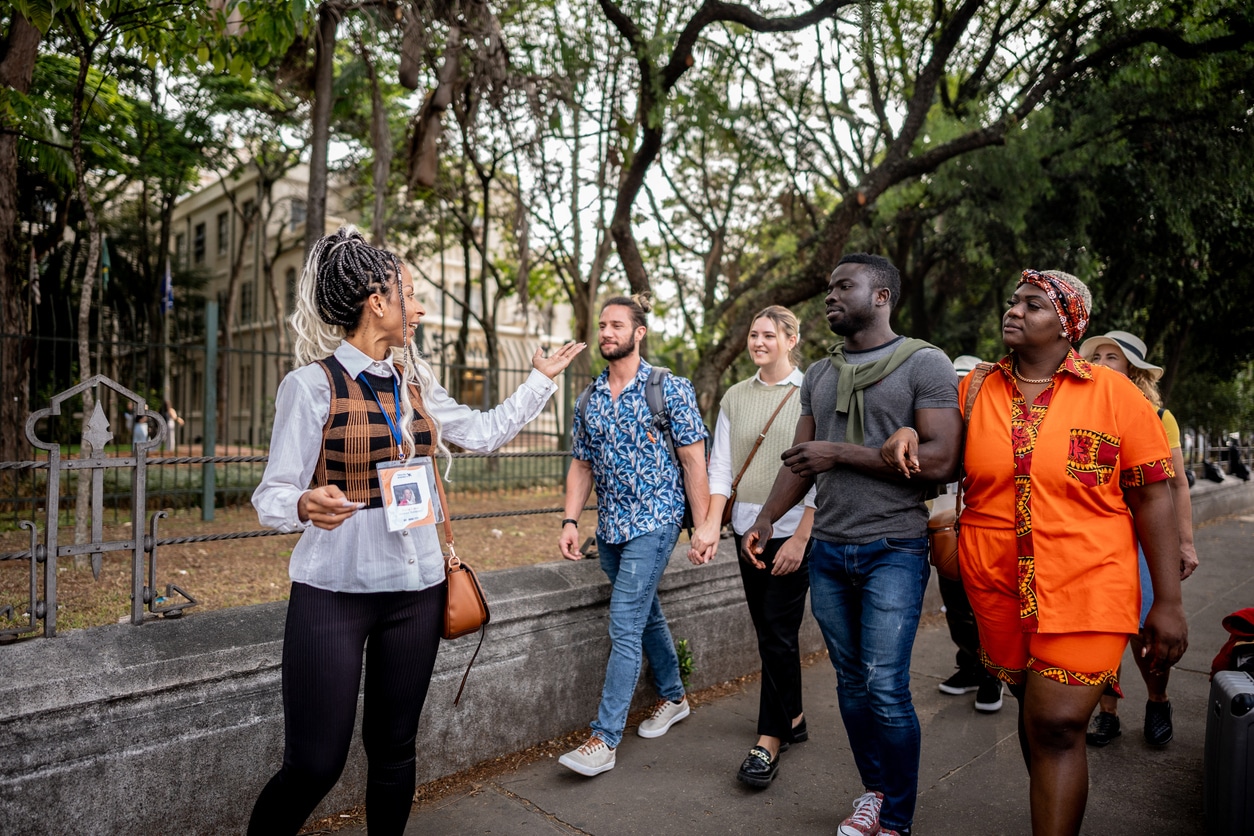Walking tours are an excellent way to see a city. While most associate walking tours with tourism, they’re also great for residents who want to know more about the city they call home. Whether you opt for a spooky Genteel & Bard experience or prefer a historic Noble Jones tour, you probably want to make sure you get what you paid for, and your ability to hear the guide is a big part of that calculation.
Approximately 15% of U.S. adults have hearing loss. Let’s take a look at a few ways people with hearing loss can ensure they catch every thrilling fact.
1. Stay at the Front of the Group

The further you are from the speaker, the more difficult it will be to understand them. By standing towards the front, you can watch the guide’s facial expressions and body movements. Standing near the guide will also allow you to ask questions and clarify missed information.
2. Ask About Audio Systems
Some guides use audio equipment for people with hearing loss. Though the equipment may vary, a microphone-to-receiver method is standard. Your guide will wear a lanyard around their neck with an attached microphone or headset. You will wear a similar lanyard around your neck with a receiver and earphones that bring the speech directly to your ears.
In some cases, the guide’s system is hearing aid compatible. If your devices have a t-coil setting, they may be able to connect directly with the microphone system to send speech through your hearing aids, rather than through a separate device.
3. Bring a Friend
Walking tours are meant to be a shared experience. Ask a friend to come along with you. Not only will you be able to experience the tour together, but they can also fill you in on any missed information.
4. Speak up for Your Needs
You should never feel like your hearing loss is holding you back. Before you start the tour, let the guide know you have hearing loss and request the necessary accommodations. These could include asking the guide to face the group while talking, pause for questions or anything else you think could benefit your experience.
Don’t let your muffled hearing get in the way of a fun and informative tour. Contact Audiology and Hearing Aid Services for more information on managing hearing loss.